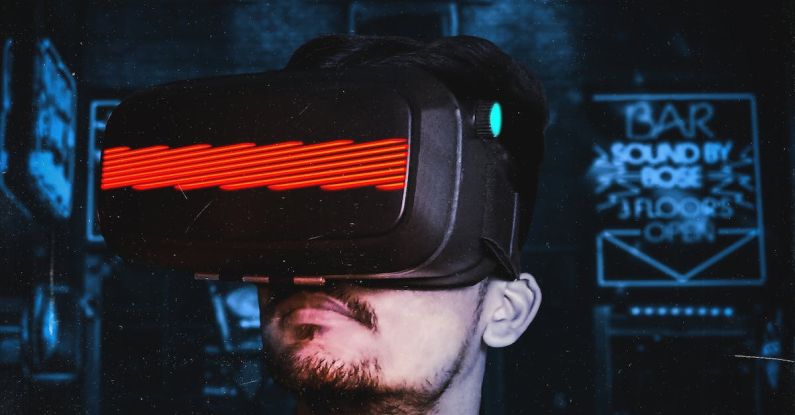What’s the Role of Augmented Reality in Retail?
The retail industry is constantly evolving, with new technologies reshaping the way businesses operate and how consumers interact with brands. One such technology that is gaining traction in the retail space is augmented reality (AR). Augmented reality refers to the integration of digital information into the real world, enhancing the user’s perception and creating an immersive experience. But what exactly is the role of augmented reality in retail? Let’s explore.
Enhancing the Customer Experience
In a highly competitive retail landscape, providing a unique and engaging customer experience is crucial for businesses to stand out from the crowd. Augmented reality offers a new way for retailers to captivate consumers and provide them with an interactive shopping experience. By leveraging AR, retailers can create virtual showrooms, allowing customers to visualize products in their own space before making a purchase.
For example, a customer looking to buy a new sofa can use an AR app to see how the piece would fit and look in their living room. This not only helps customers make more informed buying decisions but also reduces the likelihood of returns and increases customer satisfaction. By bringing products to life in a virtual environment, augmented reality enhances the overall shopping experience and builds a stronger connection between the customer and the brand.
Improving Product Research and Discovery
Another significant role of augmented reality in retail is its ability to improve product research and discovery. Traditionally, consumers would rely on product descriptions, images, and reviews to make purchasing decisions. However, these methods often fall short in conveying the true value and features of a product. Augmented reality bridges this gap by allowing customers to try products virtually, providing a more accurate representation of the item.
For instance, beauty retailers can use AR to enable customers to virtually try on makeup and skincare products. This not only saves time for customers but also helps them make more confident choices. By offering an interactive and immersive experience, augmented reality empowers customers to explore and discover products in a way that was not possible before.
Driving Sales and Conversion Rates
In addition to enhancing the customer experience and facilitating product research, augmented reality also has the potential to drive sales and increase conversion rates for retailers. By providing customers with a more engaging and personalized shopping experience, augmented reality can create a sense of excitement and urgency, prompting customers to make a purchase.
Furthermore, AR can be used to upsell and cross-sell products. For example, a fashion retailer can use AR to suggest matching accessories or show how different items can be styled together. By showcasing complementary products in a visually appealing and interactive manner, retailers can effectively increase the average order value and boost their bottom line.
The Future of Retail
As technology continues to advance, the role of augmented reality in retail is likely to expand even further. With the advent of wearable devices such as smart glasses and virtual reality headsets, the possibilities for integrating AR into the retail experience are endless. Imagine walking into a store and being able to see personalized product recommendations, pricing information, and customer reviews right in front of your eyes.
In conclusion, augmented reality is revolutionizing the retail industry by enhancing the customer experience, improving product research and discovery, and driving sales and conversion rates. As consumers become increasingly tech-savvy and demand more interactive and immersive experiences, retailers must embrace augmented reality to stay ahead of the competition. By leveraging the power of AR, retailers can create a seamless blend of the physical and digital worlds, ultimately transforming the way we shop.






